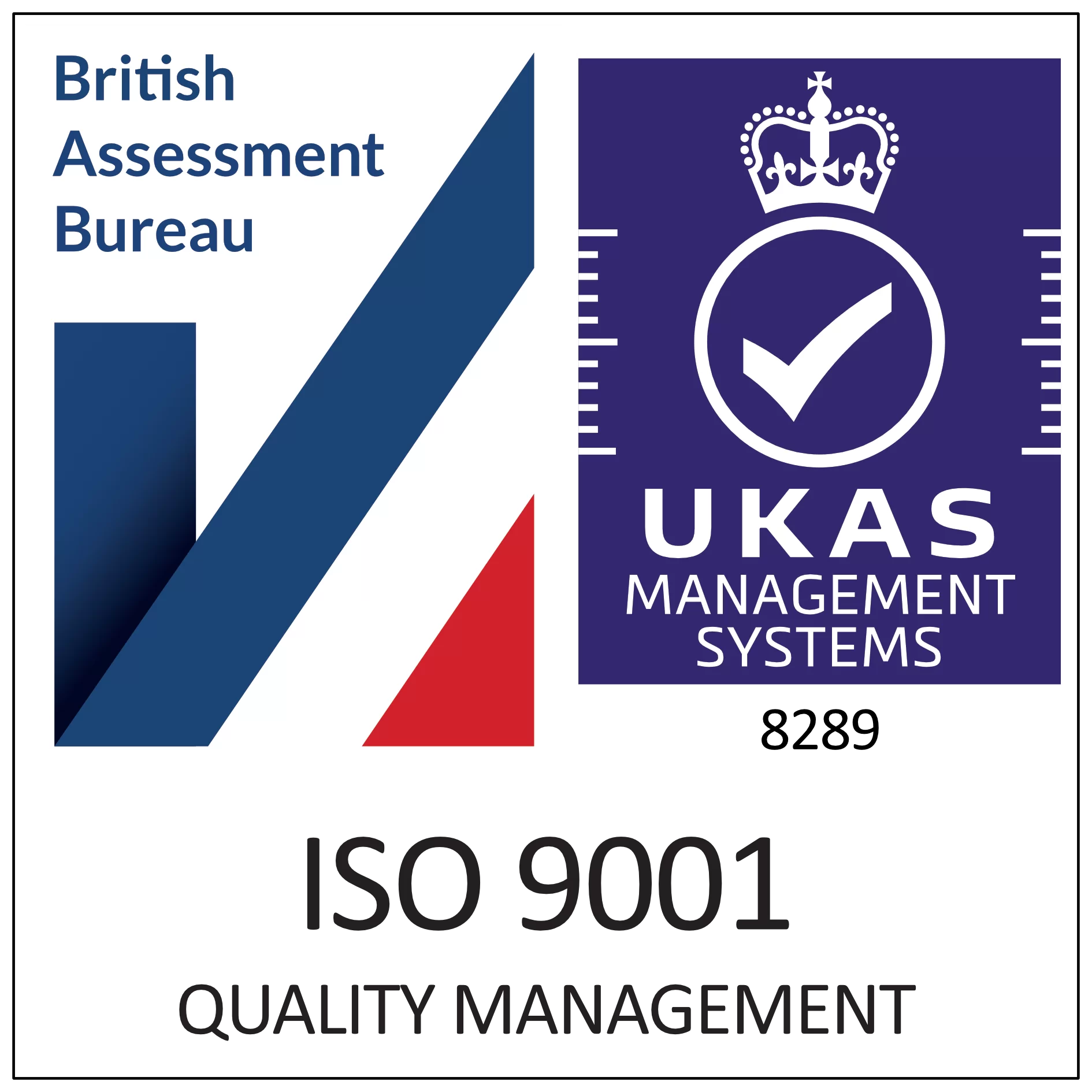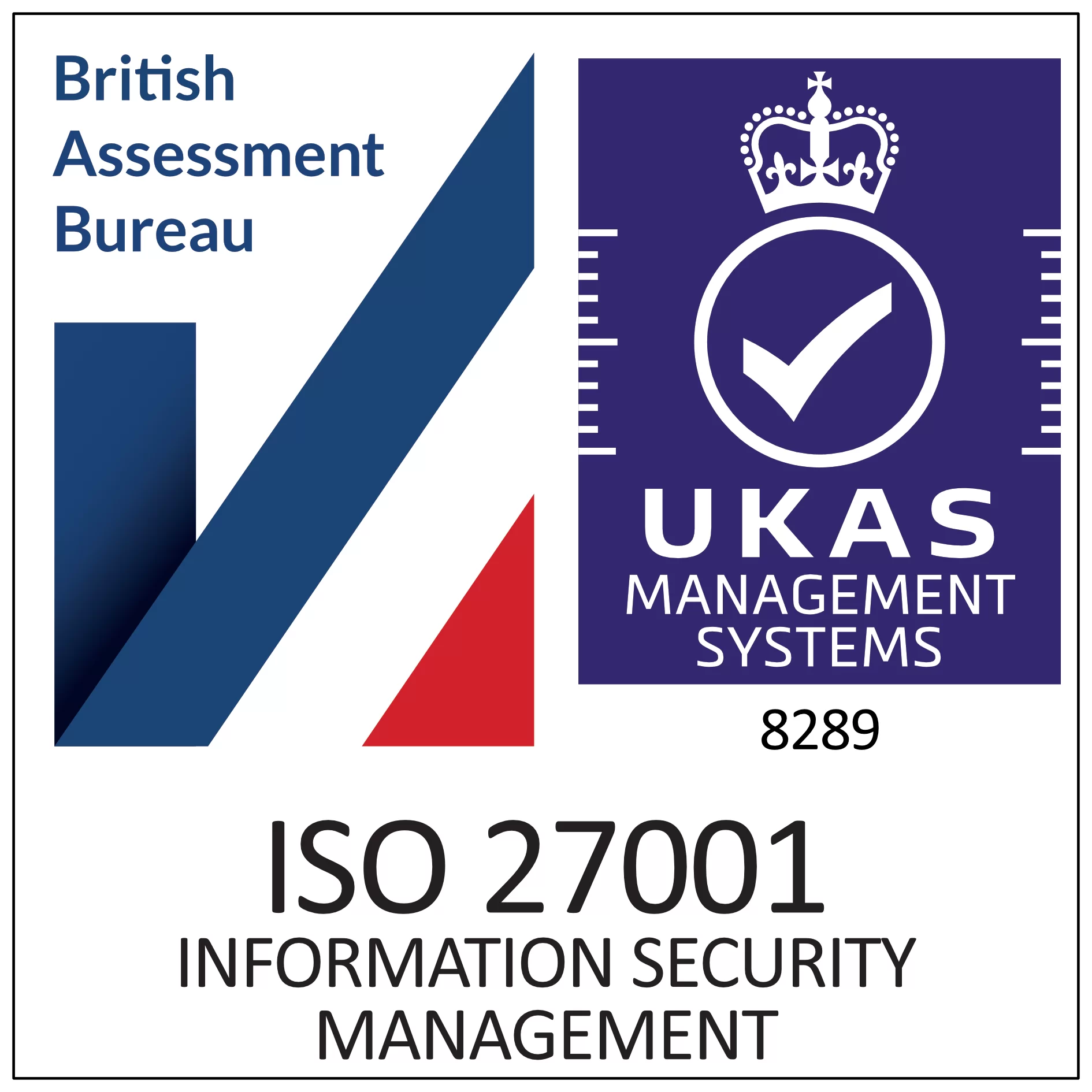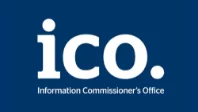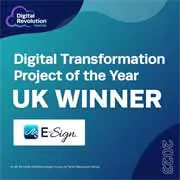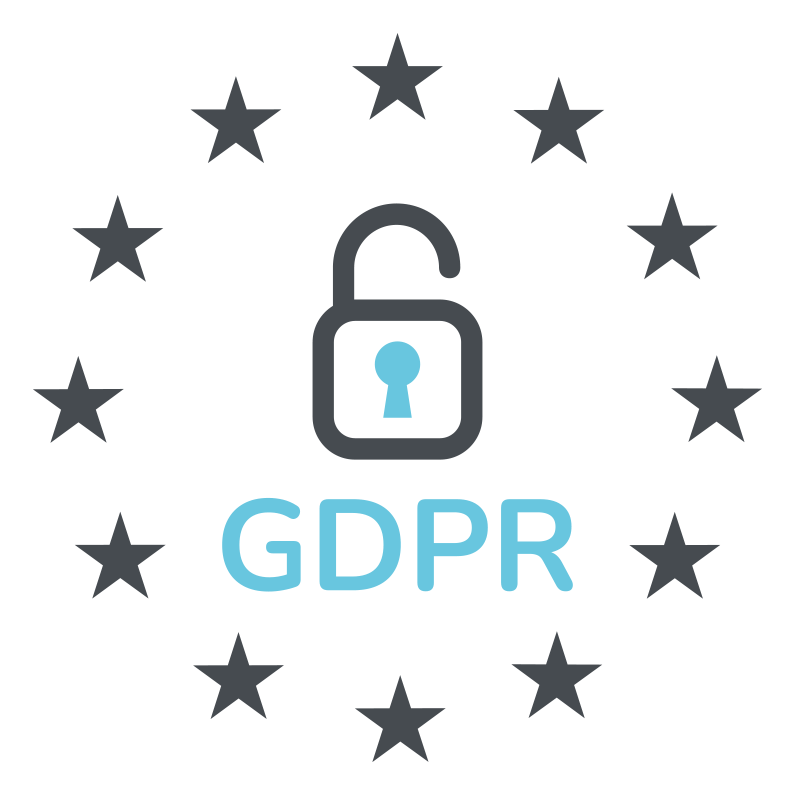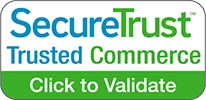Qualified eSignatures
What are qualified electronic signatures?
Qualified electronic signatures (QES) are similar to advanced signatures, however they go a step further to meet additional requirements set out by the eIDAS regulations. They must be certified based on public keys that have been issued using proper technological means. This means that the identity verification process is multi-step, using both encrypted keys and two-factor authentication.
Before signers can use a QES, a previously agreed-upon third party will vet them. A third party can complete signer identification face-to-face remotely via online video chat or in person. It’s important to note that only an eSignature provider that is accredited as a Qualified Trust Service Provider (QTSP) can issue qualified certificates.
Qualified eSignatures meet the highest industry standards, as they each provide every user with their own unique key that is directly linked to the signer’s identity. Additionally, they are the only type of electronic signature to be recognised as legally equivalent to a handwritten signature.
The eIDAS regulation requirements for qualified electronic signatures include:
- Ensure only one use of the signature is allowed
- Protect the confidentiality of the signature creation data
- Be suitably protected by the legitimate signer
- Shield the signature from forgery
- Not change the data in any way or stop it from being presented to the signer prior to their signature
- Create or manage data on behalf of the signer only when requested by the qualified trust provider
Common use cases for QES
Qualified e-signatures are commonly used for the highest risk transactions, often in the finance and legal industries. Some examples of use cases for QES include, but are not limited to:
- Confidential or legal documents such as NDAs or transfer agreements
- Legal authorisation documents e.g., signing on behalf of someone else
- High value or high risk financial documents such as mortgages and loans
- Contracts and documents with legal implications, e.g., employment contracts, real estate transactions
- Documents to confirm their origin such as public procurement or tenders
When should QES be used?
Qualified e-signatures are best suited to highly regulated transactions, offering organisations and signers the highest level of trust. The process unquestionably establishes the validity of the digital signature process, maximising security and identity verification for every transaction.
This makes QES the ideal solution for organisations like banks and financial institutions that require non-repudiation and for every signed document to be secure, verified, and legally binding.





